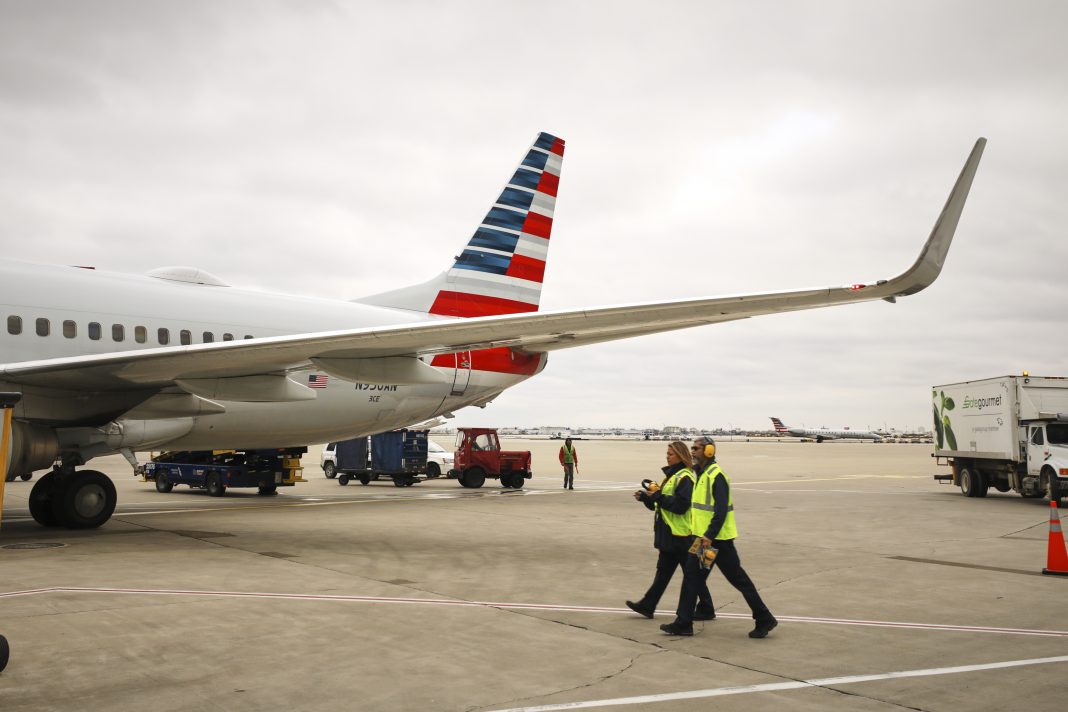United Airlines is leading in growth, adding 15,000 more frequencies compared to last year, followed closely by American Airlines, which has increased its frequency count by 14,800.
IndiGo stands out for its rapid expansion, experiencing a 14.2% growth in frequencies compared to the same period last year. On the other hand, Deutsche Lufthansa AG has seen the largest decline, with frequencies dropping by 6.6% year-on-year.
The U.S. continues to dominate as the largest domestic market, offering 91.1 million seats this month, over 22.7 million more than China, the second-largest market, with 68.4 million seats.
India, among the Top 10 domestic markets, is seeing the highest growth rate, up 11.7% year-over-year. Mexico follows closely with an 11.4% increase. In contrast, Indonesia has experienced the sharpest decline in the Top 10, with a 1.9% drop. Australia (-1.6%) and China (-0.5%) also reported declines in domestic seat capacity this month.
Global airline capacity is set to reach 493.8 million seats in March 2025, marking a 9% increase from March 2024 and adding an extra 21.3 million seats.
The largest regional capacity is in North America, with 113.6 million seats, followed by North East Asia with 109.1 million seats, and Western Europe with 93.2 million seats.
South Asia and North Africa are leading in terms of growth, both showing a 10% increase in seat capacity compared to last year. Conversely, the Southwest Pacific (-0.6%) and Central/Western Africa (-2.2%) are the regions seeing declines in capacity year-over-year.
OAG says these trends reflect the ongoing shifts in global aviation, with significant growth in certain markets and regions while others experience a slowdown. The global landscape continues to evolve as airlines adjust to demand and competition.




